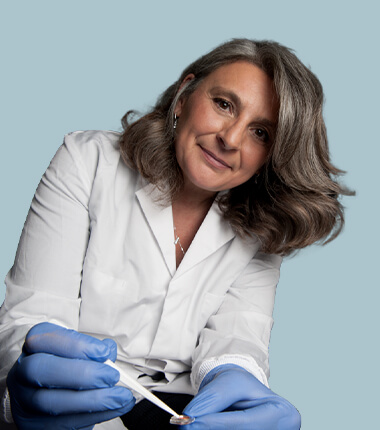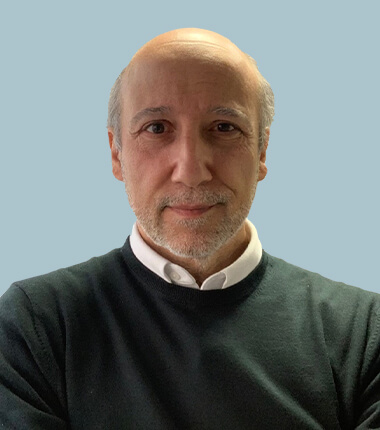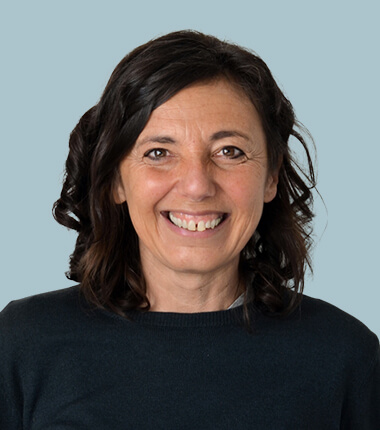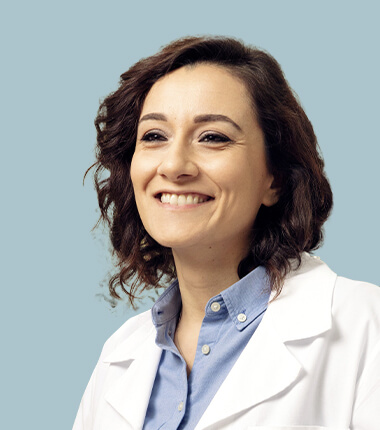CRACK IT
THE CRACK IT CHALLENGE
This project aims to develop and transfer to the industrial level a method to test therapies based on genetically modified stem cells and is carried out by MOAB S.r.l. with the scientific contribution of Dr. Raimondi lab at Polytechnic University of Milano, Dr. Balduini Lab from University of Pavia, Dr. Brendolan Lab from IRCCS San Raffaele Scientific Institute and Dr. Di Micco Lab from The San Raffaele Telethon Institute for Gene Therapy and Dr. Biffo Lab from the University of Milano.
THE CHALLENGE
Promoted by NC3Rs and Sponsored by Bayer, Novartis, and Takeda, this two-step challenge aims to replace in vivo tumorigenicity studies with an in vitro model for assessing the safety of genome-modified human hematopoietic stem cells.
A major limitation to establishing whether hHSPCs undergo transformation after gene editing procedures is the lack of adequate in vitro models capable to replicate more complex in vivo multi-organ systems (e.g., bone marrow, lymph node, liver) with tissue microenvironment (multicellular niches) where migration, proliferation, and differentiation of haematopoietic cells occurs dynamically.
THE SOLUTION
The MOAB team overcame this limitation by developing a physiologically humanized multi-organ system that reproduces the complexity of the bone marrow and lymph node structure and composition while also supporting the long-term culture of human hHSPCs. In phase 2 of the project, currently ongoing, the team is using the proprietary optically-accessible bioreactor to capture rare events of differentiation and dissemination of hHSPCS while using high-resolution confocal and two-photon imaging coupled with light-sheet microscopy to reconstruct the different microenvironments and establish cell-cell interaction and distribution within the multicellular niche.
A DIFFERENT PERSPECTIVE
The innovative bioreactors developed by MOAB enables the researchers to observe the tissue perfusion process, one of the primary difficulties encountered in tissue engineering because the culture typically takes place within technologies that prevent its control in real time. MOAB’s new microscopy plate, equipped with three culture chambers to facilitate repeatability, solves this problem. Dr. Raimondi and her colleagues have tested this technology for several years and have obtained in vitro drug responses comparable to responses observed in animals for chemotherapy for metastases, for stem cells in neurodegeneration-based therapy, and for genetically modified cell therapy for muscular dystrophy.
Safety is only one of the advantages of this technology; in the best-case scenario, companies will have a massive reduction in preclinical tests costs and a significant reduction in the time to market for new drugs.






